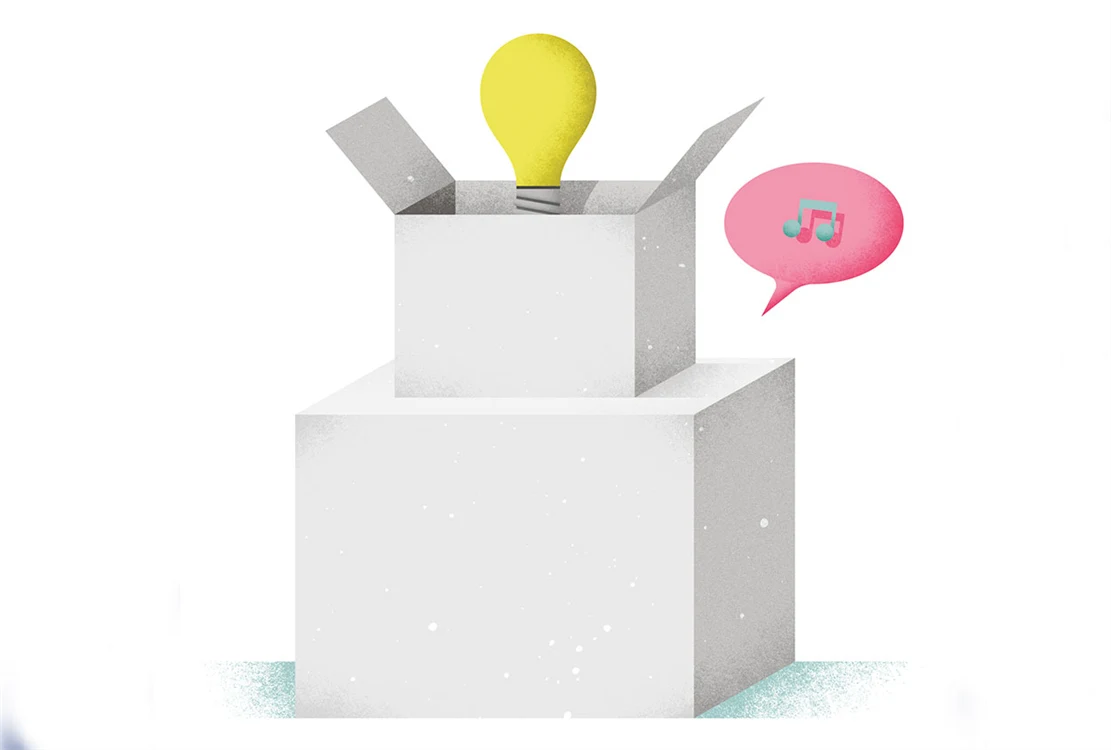It’s an all too familiar scenario: You had to get up earlier than usual for an important meeting, you need a latte, but you're too sleepy to remember when you bought the milk and too bleary-eyed to read the expiry date. Luckily, the actual packaging has been designed to ‘sniff’ the milk and can tell you, via an app on your phone, if it's still fresh.
“There are a host of technologies that can add value to primary, secondary or tertiary packaging, from smart codes and sensors to innovative inks and materials," says Chris Houghton, partner and head of fast-moving consumer goods (FMCG) at Cambridge Design Partnership (CDP). “Smart packaging describes technologically enabled packaging. Two sub-groups include intelligent packaging, which provides a digital exchange, and active packaging that responds to environmental changes,” he explains. “Smart packaging has been growing over the past decade with beauty, food and beverage brands pioneering, and recently sectors like healthcare are taking an interest."
At the design and communications firm Grow, Markus Wulff, the digital innovation director, draws up a long list of active packaging solutions, such as antimicrobial packaging and biochemical active films, and even the use of nanotechnology. “Packaging is relevant in all steps in the consumer journey," Wulff says. “If we break down pre-, during and post-purchase into digital touch points, the role of packaging is to support the consumer in each step – awareness, consideration, acquisition, service and loyalty."
What does smart packaging solve?
At CDP, their customers gain value through a focus on the end user's experience of their products. “Consumers don't go looking for intelligent packaging when they are making purchasing decisions," says Innovation & Market Insights Consultant Martha Hodgson. “They are looking for a solution to solve the ‘jobs' they're trying to achieve." She refers to the “jobs-to-be-done approach," which capitalises on identifying the customers' needs. “This approach to understanding problems helps reposition the focus from what a company is trying to sell to what job your consumers are trying to get done," Hodgson says.
For companies, smart packaging can solve the problem of standing out in a saturated market by helping product development. Grow's digital director elaborates: “If a brand produces and sells hundreds of millions of products, these are possible interactions with the end consumer with the ability to gain insights and provide deeper information and services,” says Wulff, adding that “products become services." He stresses that companies are in a “relationship" with their customers. His industry colleague at CDP agrees: “A failure to maintain that relationship," Hodgson says, “endangers customer loyalty."
To harness the potential of smart packaging, all key stakeholders have to be involved. From the paper industry's research and development departments – finding ways to add functions to its product packaging – to the user experience (UX) designers making sure the customer understands what the packaging is trying to tell them. “The companies that succeed with smart packaging are the ones delivering the most seamless experiences," says Wulff. Information gathered by the packaging must be easy to access and easy to understand, he points out. In essence, no one should have to scroll through a messy, user-hostile menu to find the information. Receiving a notification on their smartphone, for example, would be more effective.

How can brand name recognition be promoted?
Loyal consumers know their favourite products' names by heart, but how to keep them loyal? When it comes to food and drink, quality is paramount. At CDP, Chris Houghton gives the example of Nestlé having to deal with counterfeits of its popular coffee pods. The company countered the threat by applying an intelligent addition to its packaging. “The Vertuo line pods have a subtle smart barcode around the inner perimeter of the pod, which is read by the coffee machine in order to activate it," he explains. “This ensures product quality for the consumer whilst commercially it protects against counterfeits for Nestlé."
When it comes to using packaging to promote, not just protect, a brand name, both Houghton and Wulff at Grow mention a campaign that's famous in the industry for innovation. The producers of alcoholic beverage Malibu applied Near Field Communication (NFC) to 45,000 bottles in the United Kingdom to encourage engagement. “Consumers could tap the bottle to get curated recommendations of rooftop bars in the nearby area," explains Wulff. “If the sun was shining and it was above 25 degrees, they could be a part of Malibu's events in the nearby area, based on GPS location. They could also connect to Malibu's summer music remixes on Spotify and even compete to win a trip to Barbados."
How can consumer safety be shored up?
It's not all sun and clear skies, however. Some companies have had to respond to truly heart-breaking incidents taking place in their markets, which was the case when a Chinese dairy products company sold baby formula tainted with melamine. The Europe-based food producer Danone responded to consumer fears by adding a track and connecting the system to the packaging of its Aptamil Baby Formula. “It uses a dual-QR code packaging innovation which is powered by blockchain, serialisation, and aggregation technology," says Houghton. His colleague, Martha Hodgson, further explains the value of having two QR codes, as one of them can be accessed only by the consumer. “Danone added a QR code inside the packaging that's laser printed behind a tamper-resistant seal, which can therefore only be scanned after purchase," she says, adding that such solutions offer “retailers and consumers greater transparency on the product's farm-to-fork journey."
In some markets, it's not just consumers placing such demands, it's their lawmakers too. “Transparency across the full supply chain is being more and more sought after by regulators," Hodgson says. “So exploring more deeply – thinking ‘outside the box,' so to speak – about where smart packaging could provide commercial value could open up new ways to differentiate within your market space."
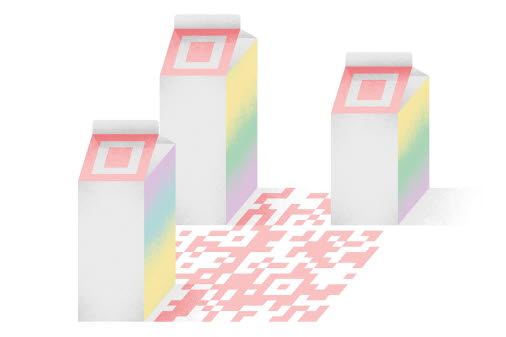
Why is smart packaging picking up speed?
Increased affordability of component parts means companies have been able to invest in innovative packaging, explains Hodgson. “We are seeing an increase in affordable smart technologies being used to help provide consumer engagement with reassurance that their products are meeting certain quality regulations and safety standards," she says. “Intelligent packaging is likely to change the game across the pharma and drug delivery sectors. As their development timelines and regulatory pressures are more demanding, it will take a little longer, but I feel the rate of return will be significantly greater across these ecosystems."
Increased affordability, however, does not mean companies should add solutions just for novelty's sake. CDP calls itself “technology agnostic," always searching for tailored solutions. “Smart packaging has to deliver value to a business and provide a clear return on investment," says Hodgson. “So understanding the external pressure and corporate goal helps contextualise how and why smart packaging is being applied in a certain way. Particularly when it comes to heavily regulated markets like drug delivery or consumer healthcare, smart packaging is being used firstly to help improve the discretion and safety of products."
That's why Hodgson predicts that healthcare could become a trailblazer. “From packaging that guides patients through their regimen, to unique device identification, and to digital counterfeiting detection solutions, the investment in intelligent packaging will potentially enhance pharmaceutical companies' outcomes more so than within the food and drink industry," she says.
What are the bigger-picture benefits?
With consumers' ever-increasing awareness not just of safety but of how their purchases affect the environment, two developments to meet their demand for sustainability stand out. Firstly, advances in the paper industry mean producers can replace more of today's plastic packaging. The plastic-waste emergency has at last been acknowledged and, given a choice between plastic and paper packaging, a significant number of consumers will vote with their conscience and their wallet. Put simply, the company's packaging allows the consumers to feel good about themselves for taking care of the planet. “Understanding that consumer problems can be emotional and/or social in nature, as well as functional, helps you appreciate consumers as multi-sensory beings," says Hodgson.
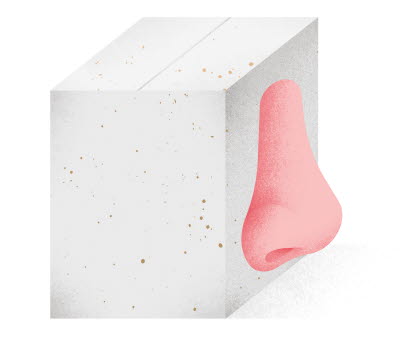
Secondly, food waste. The Food and Agricultural Organization of the United Nations (FAO) estimates that 1.3 billion tonnes of food are discarded every year. In part, because that bleary-eyed consumer doesn't know if the milk they need for their early-morning latte has gone off or not, so plays it safe and throws the milk away. “We are seeing an increase in low-cost sensors being used to help provide consumers with reassurance that their products are meeting certain quality regulations and safety standards," Hodgson says.
Food waste also occurs during delivery from producer to retailer, not least in FMCG such as food and beverages. A supply chain can have several weak links, such as variations in temperature that threaten the quality and safety of the product. Sensors make it possible to pick up on such problems and report them back to the producer, who in turn can address the weak link with partners in the supply chain.
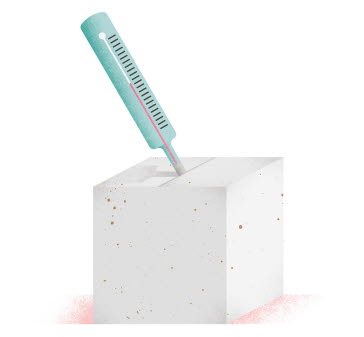
What trends are shaping the future?
Apart from consumer demand for green solutions and sustainability, Hodgson brings up an increase in demand for digital engagement that's surged even more during the pandemic. “As a result of the stay-at-home restrictions in many countries, consumers have dramatically increased their digital engagement. In particular, for online grocery shopping. This will have significant implications for product packaging design," she says. “Understandably, most of today’s packaging has been optimised for traditional brick-and-mortar requirements, not online shipments. We are now seeing packaging being redesigned to be ‘letterbox friendly’ across numerous categories – everything from wine to flowers!"
As the technology develops further and as companies reap the benefits from both data collection and consumer engagement, analysis of the effectiveness will highlight which solutions offer the best rate of return. “Yes, intelligent packaging can be a way of delighting consumers and giving them that extra 'Wow!' they weren't expecting from choosing your product," says Hodgson, “but you have to get your core offering right first and foremost. Don't just add tech for tech's sake."
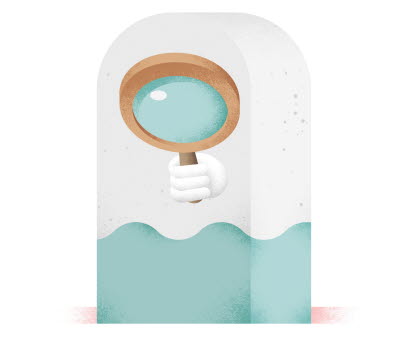
Created 5 July, 2021.


